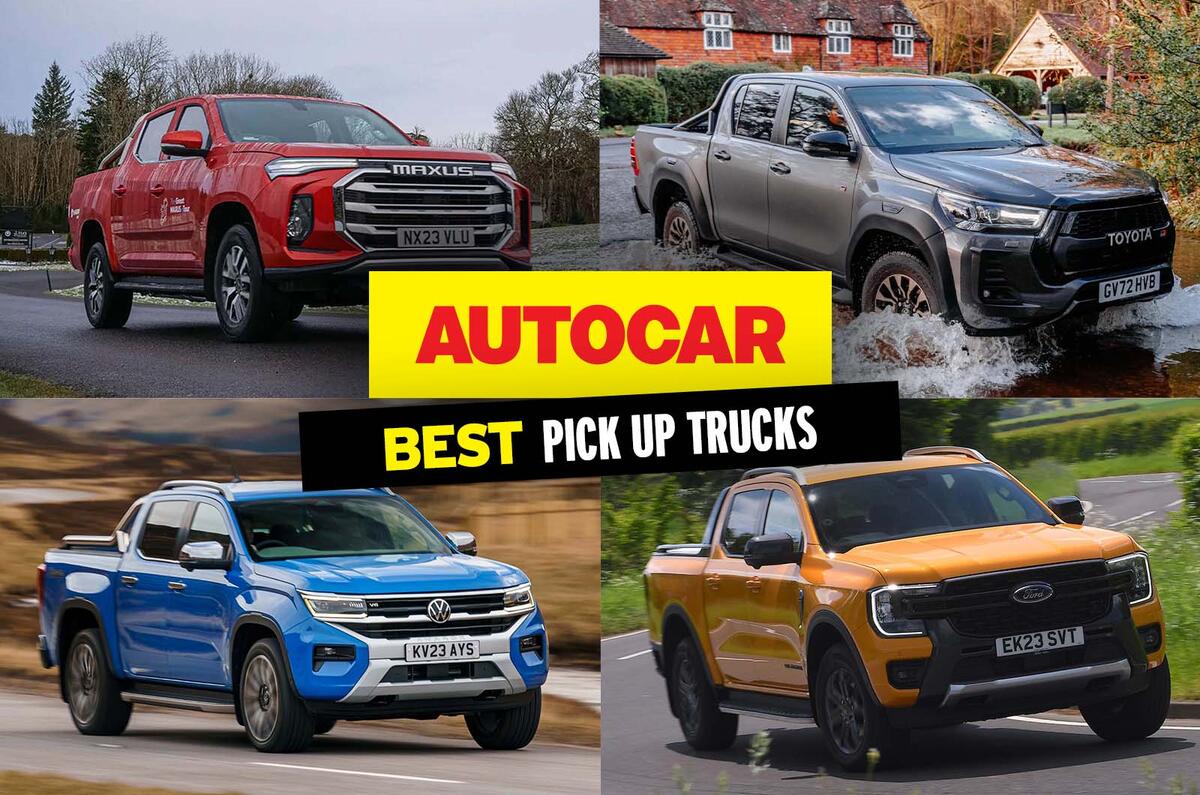Dependable, robust and versatile, the pick-up truck has grown into a far more desirable offering in recent years, to a point where regular folk are selecting a double-cab workhorse over an SUV.
Before the boom in popularity, pick-ups were purely utilitarian vehicles, but they have become increasingly more upmarket, with SUV-level comfort, refinement and technology to attract private buyers.
It has certainly worked, as evidenced by the number of double-cab pick-ups on UK roads these days.
Previously, the tax-busting benefits of double-cab pick-ups also heightened their appeal, but as of April 2025, they're classed as cars rather than light commercial vehicles (LCVs), meaning no more beneficial rates for benefit-in-kind (BIK) tax.
So where does that leave us? Despite the tax changes, a pick-up still makes a lot of sense if you need a durable vehicle that can carry and tow just about anything.
Having tested all of the latest pick-ups on sale, our favourite is the Ford Ranger. It’s reasonably priced, has an upmarket interior full of intuitive technology and rides and handles like a large SUV.
But which other pick-ups should you consider? Keep reading as we share our list of the best models in 2025.






Join the debate
Add your comment
ankaranın en güzel escort bayanlarının site adresi ; Ankara Escort
Love this topic! Pick-up trucks really have come a long way, becoming super stylish and practical. It's awesome how much you can customize them these days. Speaking of making things look good, sometimes I need a cool font for my own posts, so I use a Generador de Fuentes to spice things up!
The Czinger 21C’s unique 3D-printed design proves how innovation can completely reshape what’s possible. In the same spirit, tools like ghép mặt vào ảnh có sẵn from PhotoCat let users creatively blend faces into existing photos with precision and ease. It’s all about merging technology and creativity to achieve stunning, one-of-a-kind results—just like the 21C does in the automotive world.